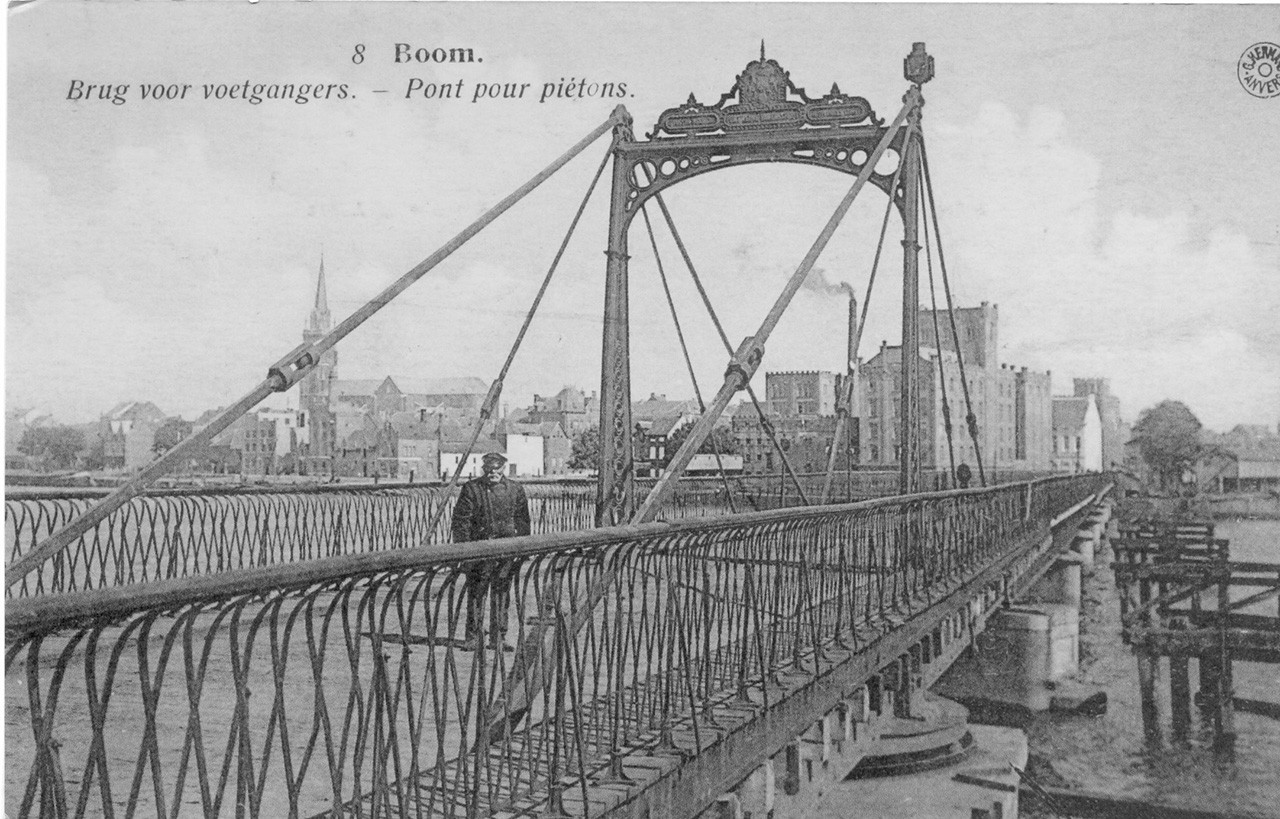A big role for two small bridges
In Willebroek in 1944 there was a pontoon bridge over the Brussels-Scheldt Canal, and in Klein-Willebroek a bridge over the Rupel. Both bridges have since disappeared but played an important role during the liberation.
A Belgian leads the way
It was 4 September 1944, in the early morning. The Allies could arrive at any moment. Robert Vekemans, a Belgian citizen, followed the news about the liberation. He suspected that the Allies will advance via the Brussels-Antwerp motorway. Just before Boom, they would encounter two guarded bridges of that highway, over the Brussels-Rupel Canal and over the Rupel itself. The Germans were ready to jump those.
That is why Vekemans was waiting for the Allies at the Fort of Breendonk. He pointed out the danger of the Boom bridges and suggested an alternative. Vekemans led three Allied tanks through Willebroek. The population was frantic but there was no time to receive the honours. They were in Willebroek to cross the canal via the unguarded pontoon bridge.
Winner's luck
From there it was on to the Rupel Bridge in Klein-Willebroek. The Allies had a dose of 'winner's luck' there. The bridge had been undermined but the explosives did not work and the guards had disappeared.
After crossing the bridge over the Rupel in Klein-Willebroek, the Allies moved to Boom where they surprised the Germans. Willebroek, Klein-Willebroek and Boom were liberated in an instant, the road to Antwerp lay open.
